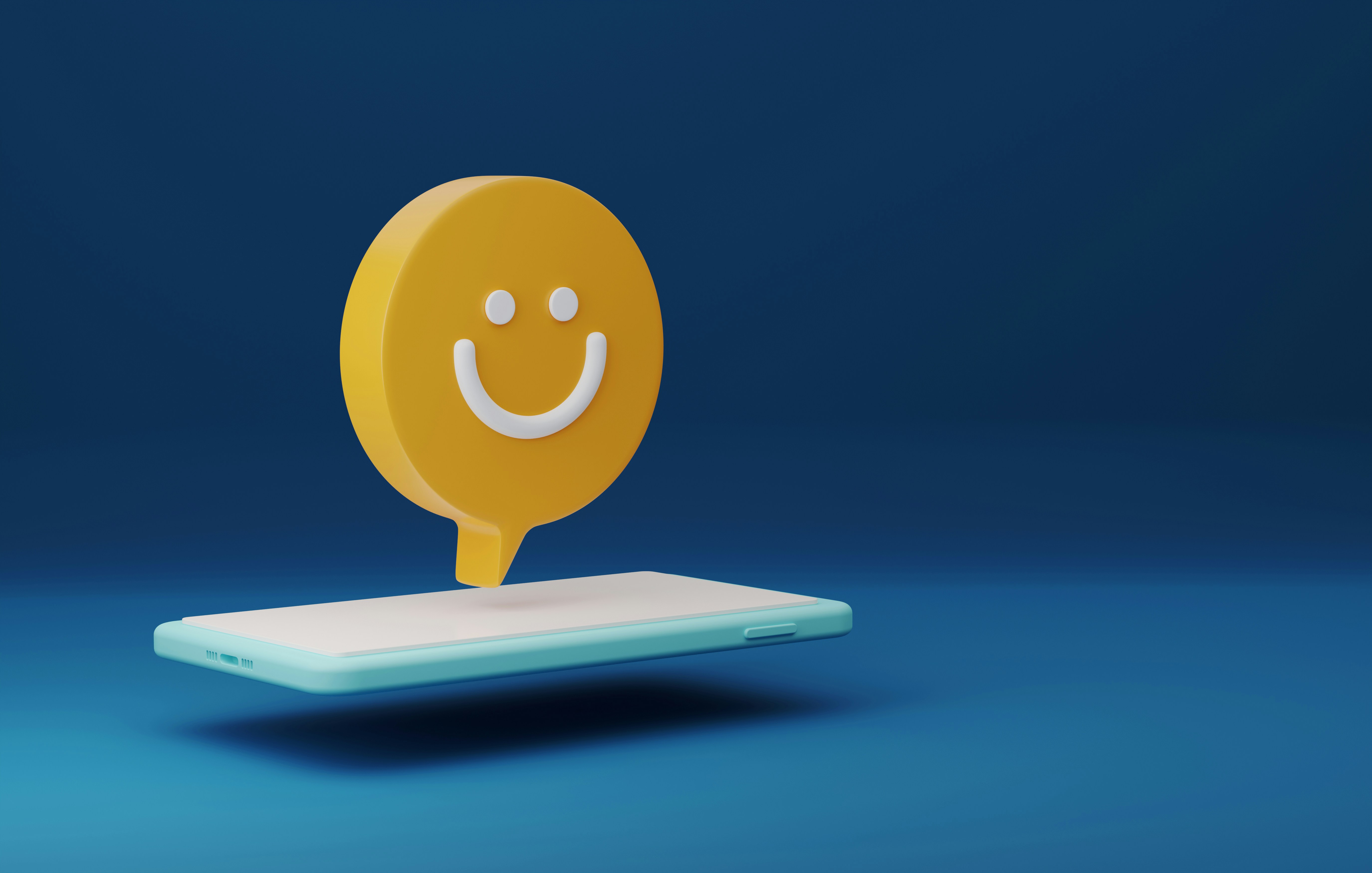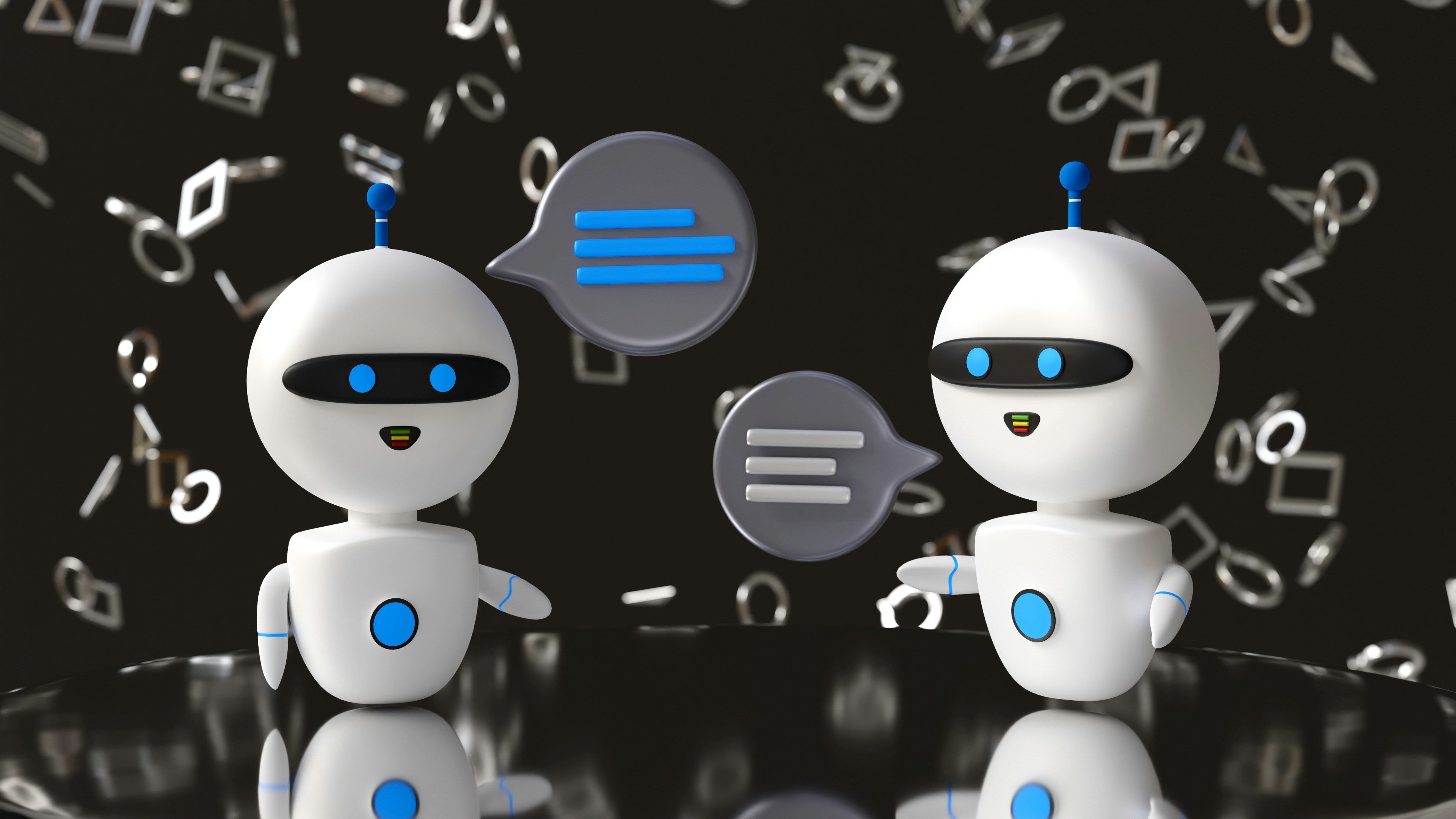Your current chatbot answers questions. But what if it could do things?
Most helpdesks today remain reactive, responding to requests one ticket at a time. Employees wait for replies, and IT or HR teams spend hours managing routine follow-ups. The result is friction, slower resolution, and missed opportunities to improve productivity.
Agentic AI changes that equation. Instead of providing static answers, it acts. It interprets context, plans steps, and executes tasks across systems, turning a helpdesk from a passive information source into an active productivity engine.
What is an AI Agent? (Beyond the Buzzword)
Traditional chatbots are limited by their scripts. They can find and present information, but they can’t interpret goals or take real action. Agentic AI is different. It’s designed to understand intent, reason through next steps, and carry them out autonomously.
For example, when an employee asks, “How do I reset my password?”, a chatbot links to an article. An AI agent resets the password, verifies the update, and confirms completion. This ability to bridge intent with execution marks a turning point in how digital assistants support the workforce.
An AI agent functions less as a directory of information and more as a digital colleague, one capable of managing operational tasks that free up time for higher-value work.
From Reactive to Proactive: Agentic AI Applications in Action
The power of agentic AI lies in its ability to move from simple interaction to active resolution. It doesn’t just respond; it initiates and completes actions across platforms.
IT Example: Intelligent Issue Resolution
An employee reports, “My laptop is slow.” Instead of linking to troubleshooting steps, an AI agent automatically runs diagnostics, checks performance logs, and identifies potential issues. If the device meets the criteria for replacement, a tech support call is scheduled and an order for a new laptop is placed. What once required multiple handoffs is resolved within minutes.
HR Example: Automated Employee Support
An employee requests details about parental leave. The AI agent retrieves the policy, generates the required forms, and adds key dates to the manager’s calendar. The entire process, from policy explanation to administrative follow-up, is handled within one conversation.
These examples show how agentic AI can operate across departments, simplifying complex workflows and improving employee satisfaction while reducing manual workload for HR and IT teams.
The Productivity Payoff: Measuring the ROI of an AI Agent
The productivity benefits of agentic AI go beyond time saved on individual tickets. They compound across the organization.
Reduced ticket resolution time: Automated task completion significantly shortens turnaround times, enabling IT and HR teams to focus on strategic initiatives rather than routine requests.
Increased employee self-service rates: When employees can complete tasks instantly through a 24/7 employee helpdesk chatbot, dependency on live support drops, and overall responsiveness improves.
Time saved for HR and IT staff: Automating repetitive workflows, password resets, equipment requests, benefits forms, and onboarding steps can return hours of productive time to each specialist every week.
The real productivity advantage comes from AI automation that completes multi-step processes from start to finish. By eliminating the friction between a question and its resolution, organizations can increase efficiency without adding headcount.
Agentic AI marks a significant shift in how companies support their employees. It shifts the helpdesk from a conversational interface to an operational partner, one that not only provides answers but completes tasks that keep work moving forward.
As more organizations embrace this approach, the helpdesk evolves into a proactive productivity engine rather than a reactive support function. According to McKinsey, the productivity gains from enterprise AI applications could generate up to $4.4 trillion in additional global value.
MeBeBot’s agentic AI handles helpdesk tasks so your team can focus on work that matters. Schedule a demo.








